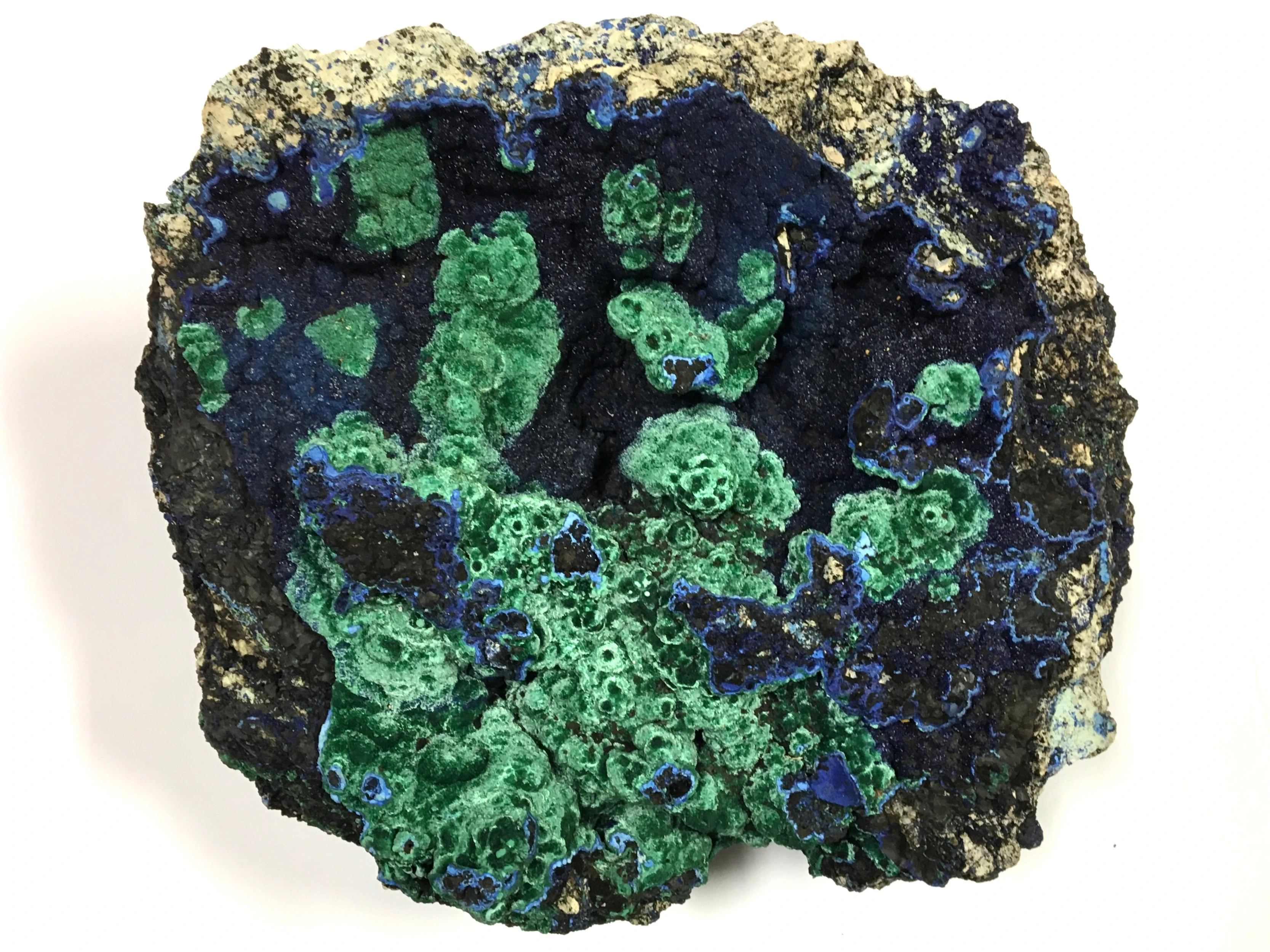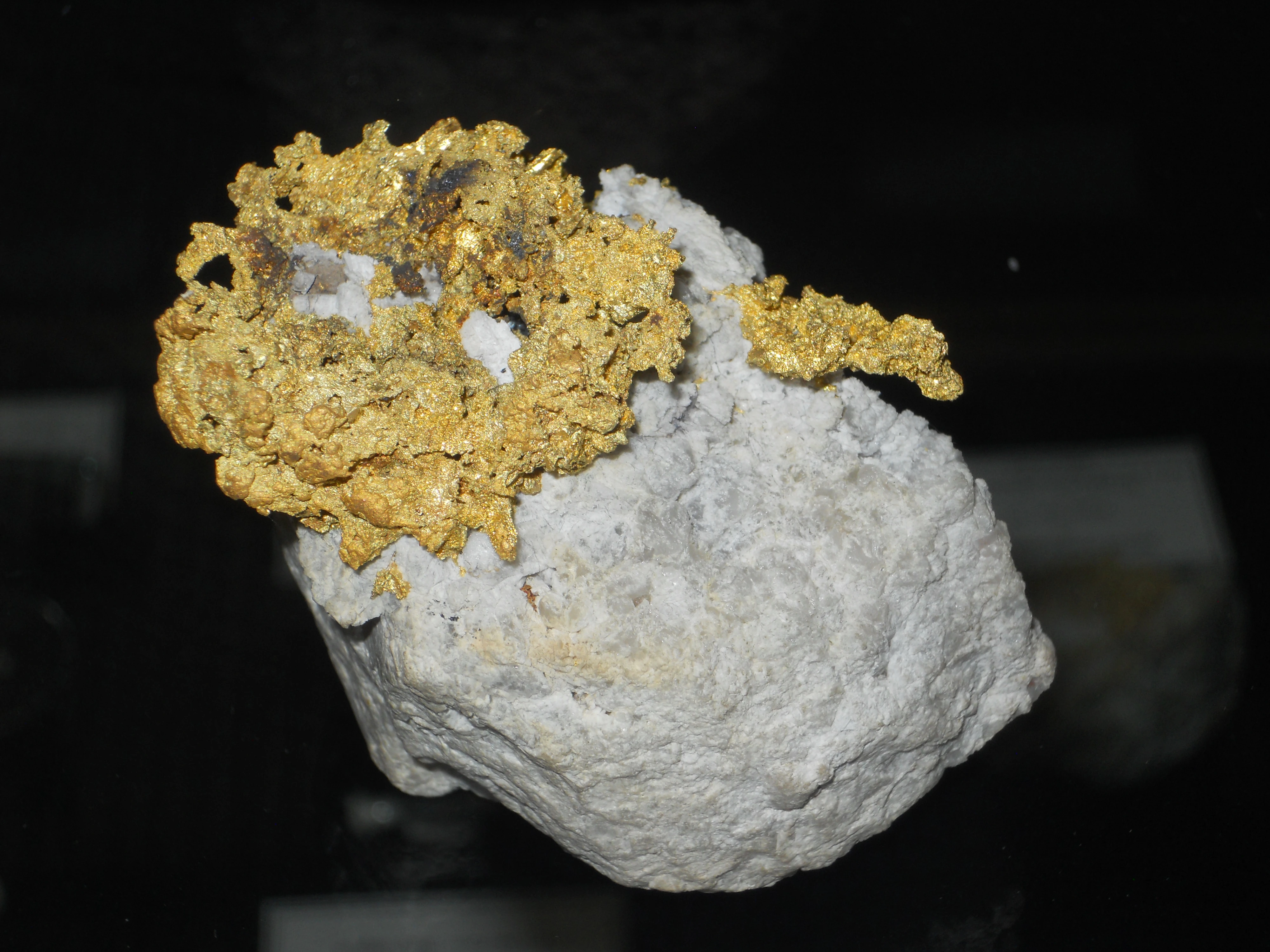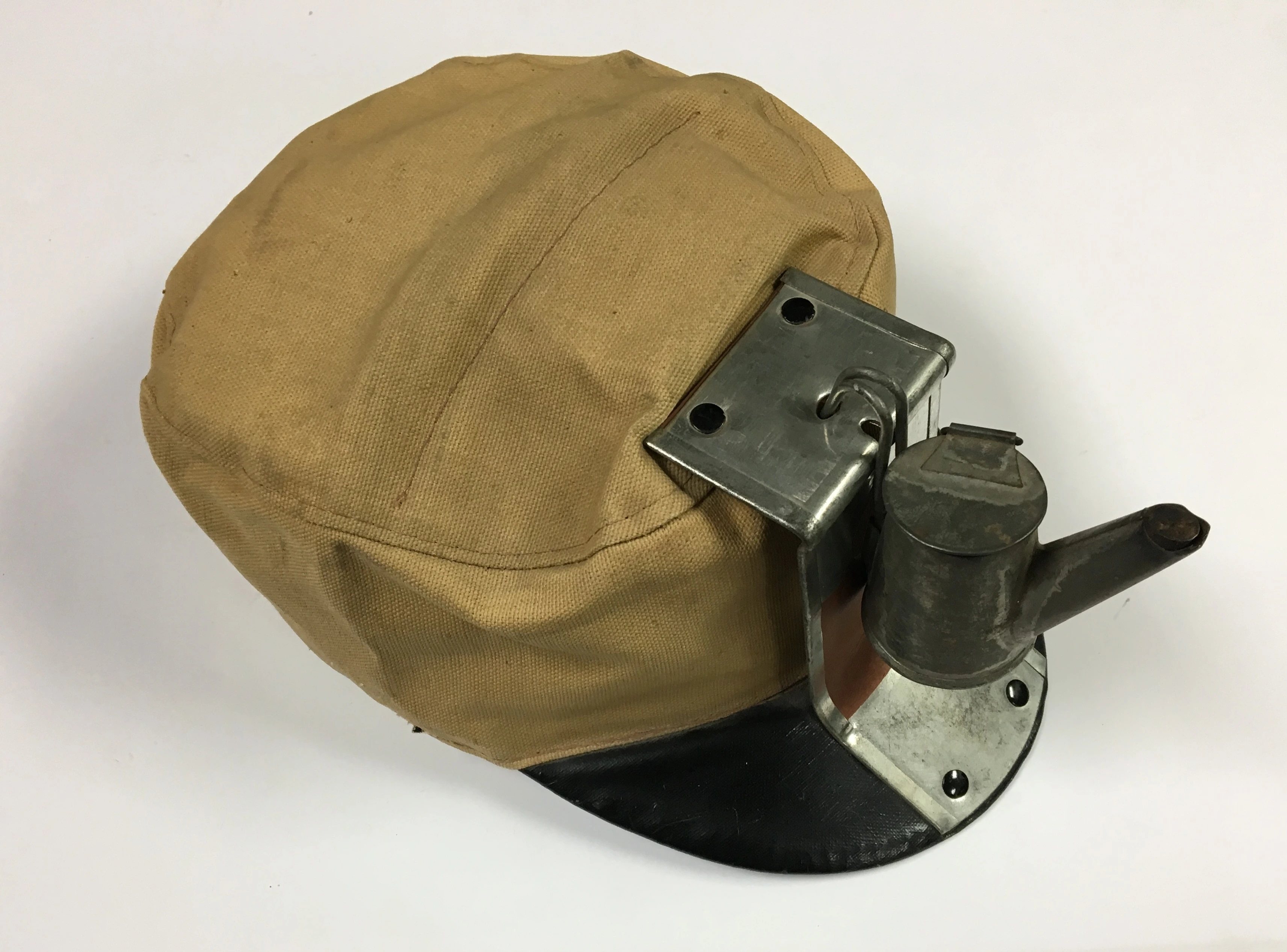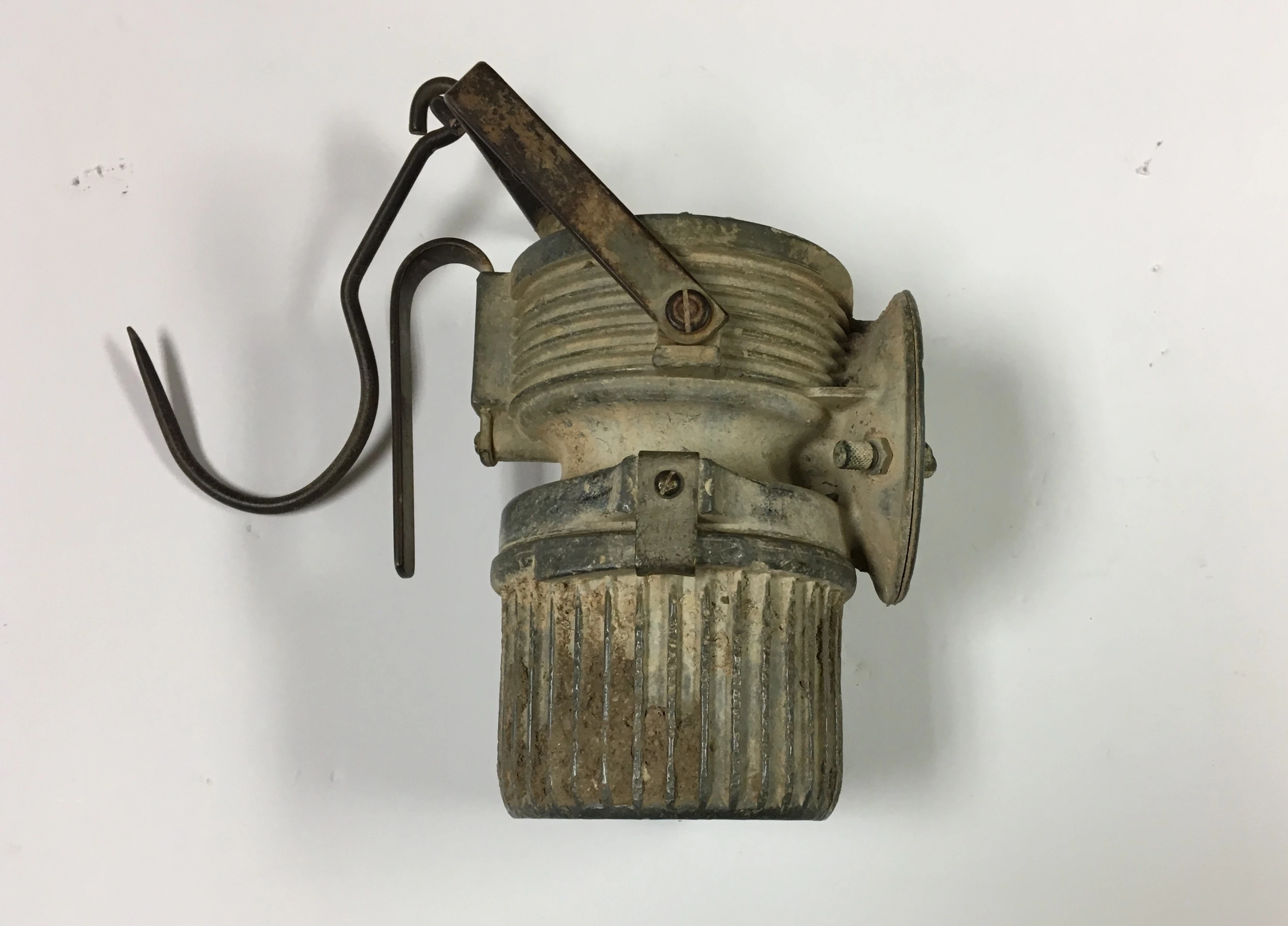The AMMNRE mineral collection, formerly the Arizona Mining and Mineral Museum collection, is comprised of over 20,000 rocks, minerals, and mining artifacts from Arizona and around the world. While the museum is in development, specimens from the collection are on display at institutions around the state, including the Arizona Capitol Museum, the Arizona House of Representatives and Arizona Senate, South Mountain Visitor Center, Bullion Plaza Cultural Center & Museum in Miami, the Sun City Mineral Museum, and other locations.
History
The history of the AMMNRE’s mineral collection dates to a mineral display at the first Arizona Territorial Fair in 1884. In 1917, there was sufficient interest in the burgeoning mineral collection to prompt the Arizona State Legislature to appropriate $30,000 to build an exhibit hall on the Arizona State Fairgrounds in Phoenix. State funding was bolstered by funds from the major mining companies of the day. Construction was complete by 1919, and for the next 70 years the Gem and Mineral Building housed the growing collection. In 1947, the Arizona Department of Mines and Mineral Resources (ADMMR) moved to the Gem and Mineral Building and assumed curatorial duties for the collection. In 1953, six major Arizona mining companies collaborated on providing financial support for establishing a permanent mineral museum in Phoenix.
The first curator was Arthur L. Flagg, who held the position until his death in 1961. Flagg was followed by Lee Hammons who remained curator until 1973. In 1973, the museum became part of the Arizona Department of Mining and Mineral Resources (ADMMR). The curators that followed included Arthur Bloyd (1974-1988), Glenn Miller (1988-2000), Susan Celestian (2000-2007), and Jan Rasmussen (2007-2010). In July of 1991, with financial support from Arizona’s mining community, the mining and mineral museum and the ADMMR offices were moved from the Fairgrounds to the El Zaribah Shrine Building (renamed the Polly Rosenbaum Building) at 1502 W. Washington St. on the Government mall in downtown Phoenix.
From 1991 to 2011, the AMMM displayed around 3,100 minerals and dozens of historic mining artifacts at the Polly Rosenbaum Building. Minerals were arranged by their mineral chemistry, including native elements, oxides, silicates and sulfates, among others. The remaining approximately 18,000 minerals were stored onsite or loaned to cooperating Arizona museums and facilities. The museum was popular with school groups and employed several volunteers in various positions.
In 2010, the ADMMR was discontinued as a state agency and the Polly Rosenbaum Building and mining and mineral collection were transferred to the Arizona Historical Society (AHS). In April 2011, the museum was closed to make way for a planned Centennial Museum.
In 2016, thanks to the efforts of Senator Gail Griffin, Arizona Senate Bill (SB) 1530 transferred custodianship of the Polly Rosenbaum Building to the Arizona Geological Survey (AZGS) at the University of Arizona, and charged AZGS with designing, opening and operating the Arizona Mining, Mineral and Natural Resources Education (AMMNRE) Museum. In 2017, SB 1415 ensured the permanent transfer of the museum to the University of Arizona, with responsibility moved to the UA Office of Research and Partnerships (ORP). In 2022, The University of Arizona received a $12 million appropriation from the State of Arizona to begin the renovation process.
The AMMNRE Museum will share the story of Arizona's natural resources from various perspectives. It will offer experiences that build awareness about agriculture, mining, forestry, water and land management, as well as the ways humans rely on and are part of the natural world. This vision includes the transformation of the dormant 1921 building into immersive environments, interactive galleries, multi-purpose public engagement spaces, and offices.
History adapted from "Minerals, Mining Artifacts, and Physical Assets of the former Arizona Mining and Mineral Museum," Carter and Conway, AZGS OFR-17-02, 2017. Special thanks to Jan Rasmussen for compiling and sharing the history of the AMMM.













